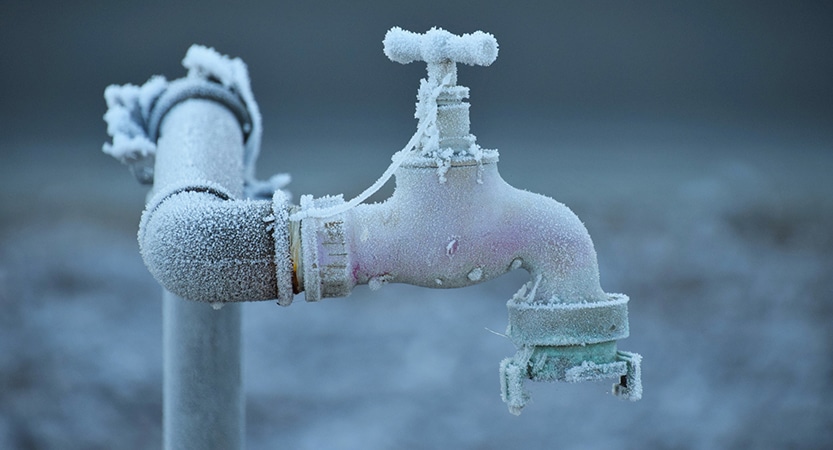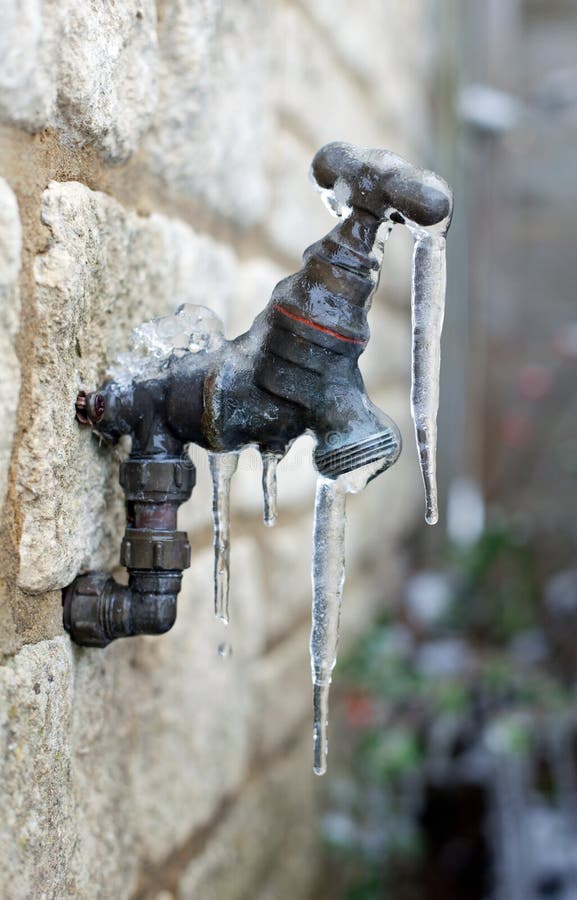Protecting Your Pipes from Freezing: Best Tips
Protecting Your Pipes from Freezing: Best Tips
Blog Article
The content on the next paragraphs pertaining to How To Avoid Freezing Pipes is extremely compelling. Give it a try and draw your own final thoughts.

Winter can wreak havoc on your plumbing, particularly by freezing pipes. Here's exactly how to avoid it from taking place and what to do if it does.
Introduction
As temperatures drop, the risk of frozen pipelines increases, potentially bring about pricey repair work and water damage. Recognizing just how to prevent frozen pipes is essential for property owners in cool environments.
Comprehending Frozen Pipelines
What causes pipelines to freeze?
Pipelines freeze when revealed to temperatures listed below 32 ° F (0 ° C) for extended durations. As water inside the pipelines freezes, it broadens, taxing the pipe wall surfaces and possibly causing them to rupture.
Threats and problems
Frozen pipes can cause water supply interruptions, property damage, and costly repair services. Ruptured pipelines can flooding homes and create considerable architectural damages.
Indicators of Frozen Piping
Identifying icy pipelines early can stop them from rupturing.
Exactly how to determine frozen pipes
Try to find decreased water flow from faucets, unusual smells or sounds from pipes, and visible frost on exposed pipelines.
Avoidance Tips
Protecting prone pipes
Wrap pipelines in insulation sleeves or make use of warm tape to safeguard them from freezing temperature levels. Concentrate on pipes in unheated or outside areas of the home.
Home heating strategies
Keep indoor areas sufficiently heated, particularly areas with plumbing. Open up closet doors to allow cozy air to flow around pipelines under sinks.
Protecting Exterior Plumbing
Garden pipes and outside faucets
Separate and drain pipes yard hoses prior to winter. Set up frost-proof spigots or cover exterior faucets with protected caps.
What to Do If Your Pipes Freeze
Immediate activities to take
If you suspect frozen pipes, maintain taps open up to soothe stress as the ice melts. Make use of a hairdryer or towels taken in hot water to thaw pipes gradually.
Long-Term Solutions
Architectural adjustments
Consider rerouting pipes far from exterior wall surfaces or unheated locations. Add extra insulation to attics, cellars, and crawl spaces.
Updating insulation
Buy top quality insulation for pipelines, attic rooms, and wall surfaces. Correct insulation aids keep consistent temperature levels and minimizes the danger of frozen pipes.
Conclusion
Protecting against icy pipes requires proactive actions and fast actions. By recognizing the causes, indicators, and preventive measures, homeowners can secure their pipes during winter.
5 Ways to Prevent Frozen Pipes
Drain Outdoor Faucets and Disconnect Hoses
First, close the shut-off valve that controls the flow of water in the pipe to your outdoor faucet. Then, head outside to disconnect and drain your hose and open the outdoor faucet to allow the water to completely drain out of the line. Turn off the faucet when done. Finally, head back to the shut-off valve and drain the remaining water inside the pipe into a bucket or container. Additionally, if you have a home irrigation system, you should consider hiring an expert to clear the system of water each year.
Insulate Pipes
One of the best and most cost-effective methods for preventing frozen water pipes is to wrap your pipes with insulation. This is especially important for areas in your home that aren’t exposed to heat, such as an attic. We suggest using foam sleeves, which can typically be found at your local hardware store.
Keep Heat Running at 65
Your pipes are located inside your walls, and the temperature there is much colder than the rest of the house. To prevent your pipes from freezing, The Insurance Information Institute suggests that you keep your home heated to at least 65 degrees, even when traveling. You may want to invest in smart devices that can keep an eye on the temperature in your home while you’re away.
Leave Water Dripping
Moving water — even a small trickle — can prevent ice from forming inside your pipes. When freezing temps are imminent, start a drip of water from all faucets that serve exposed pipes. Leaving a few faucets running will also help relieve pressure inside the pipes and help prevent a rupture if the water inside freezes.
Open Cupboard Doors
Warm your kitchen and bathroom pipes by opening cupboards and vanities. You should also leave your interior doors ajar to help warm air circulate evenly throughout your home.

I ran across that article about 6 Ways to Prevent Frozen Pipes when doing a search on the web. Liked our write up? Please quickly share it. Help another person find it. Many thanks for being here. Kindly come by our website back soon.
Browse Our Site Report this page